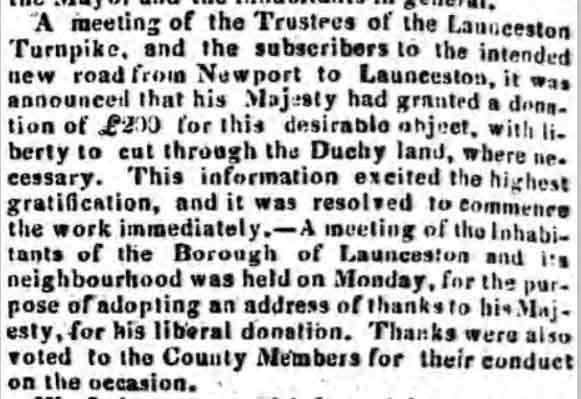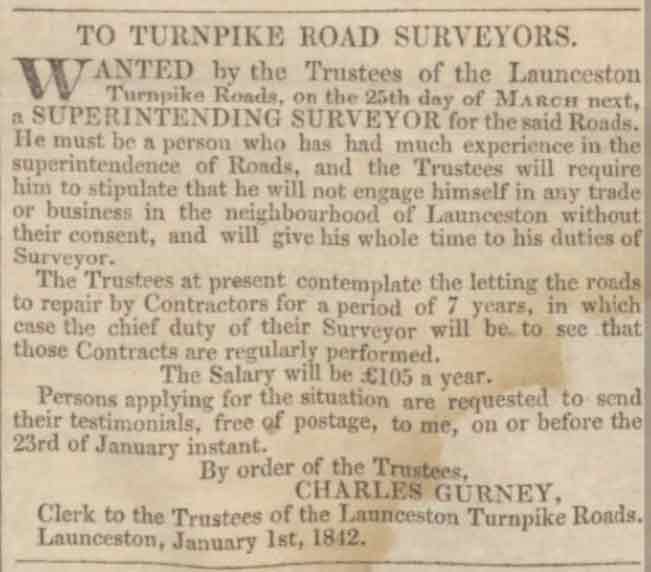.

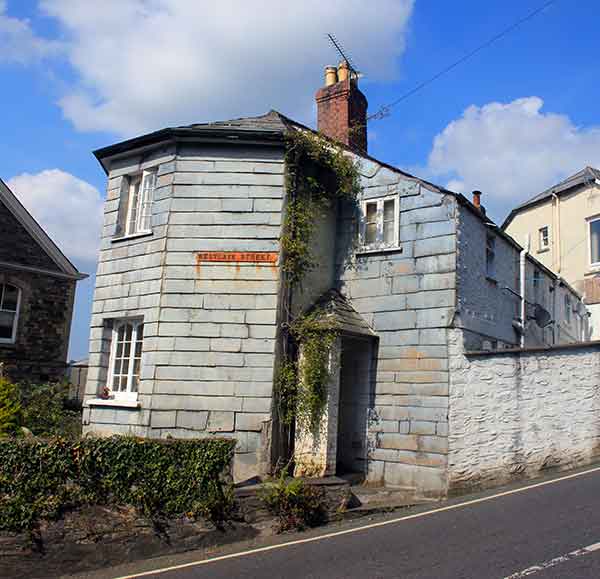
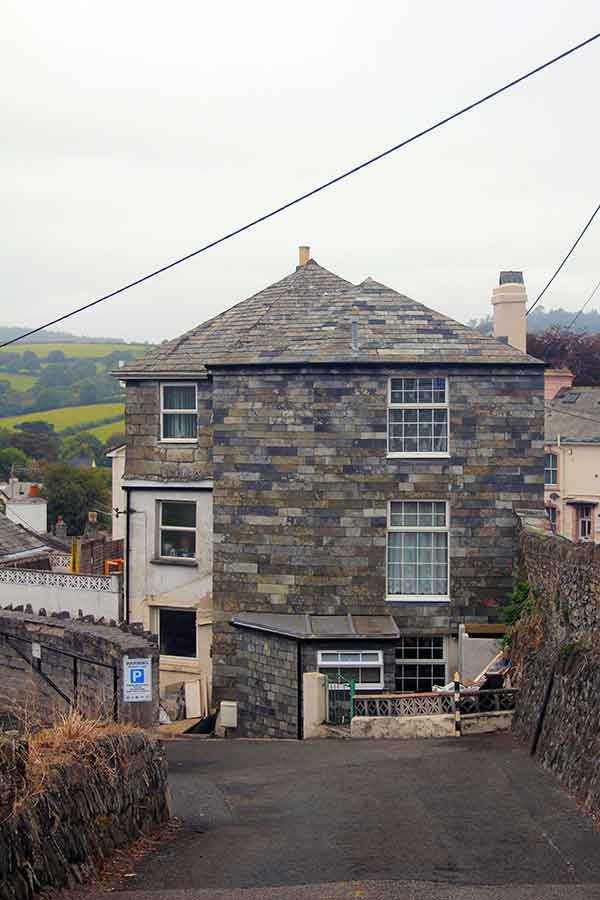
The Launceston Turnpike Trust was established in 1760 which was 13 years before the General Turnpike Act was passed . Charges varied in range from 1 ½d for a horse, mule or ass un-laden or up to 10d for a carriage, wagon or cart with four wheels. The appropriate sum had to be paid at the tollgate before the traffic could continue. The roads within the borough were most certainly improved but to the cost of a lot of dissent from the users from around the district. There were often abuses of the rules with some ending in court cases. One particular case, was that of Mr. John Tubb, a farmer of Newchurches, St. Stephens, who was summoned by Launceston County Magistrates for refusing to pay a toll when riding a horse through St. Stephens gate. He claimed exemption on the grounds that he was going to see the cattle on a portion of his farm and that he had not passed over one hundred yards of road when the toll was demanded. He vehemently declared that he had come by a parish road that adjoined the tollgate, but eventually conceded to having passed over one hundred yards of the turnpike road after passing the gate. Even though he was soundly represented by a lawyer the magistrates found that he was liable for the toll and declared there was no exemption when riding cattle from pasture but going to plough or harrow was exempt. Mr. Tubb was ordered to pay the costs of the case which came to 14s 6d which at that time was an astounding amount to have to pay! This was just one of many cases where disagreement reined with the turnpike trust with even well to do people often trying to dodge paying the tolls. Many landowners also claimed that the road building and maintenance had damaged their land and would often seek compensation.
With the situation as it was, the trust found it difficult to make the turnpike roads pay their way even though the debt had been reduced by some £3000 from its high of £11,950 in 1841. At least £10,000 worth of improvements had been carried out over a period of 37 seven years so that by 1867 Launceston’s roads were considered to be of the best in the area, although at a higher cost than other districts.
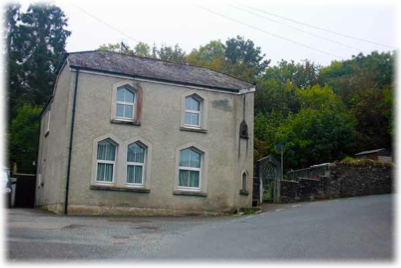
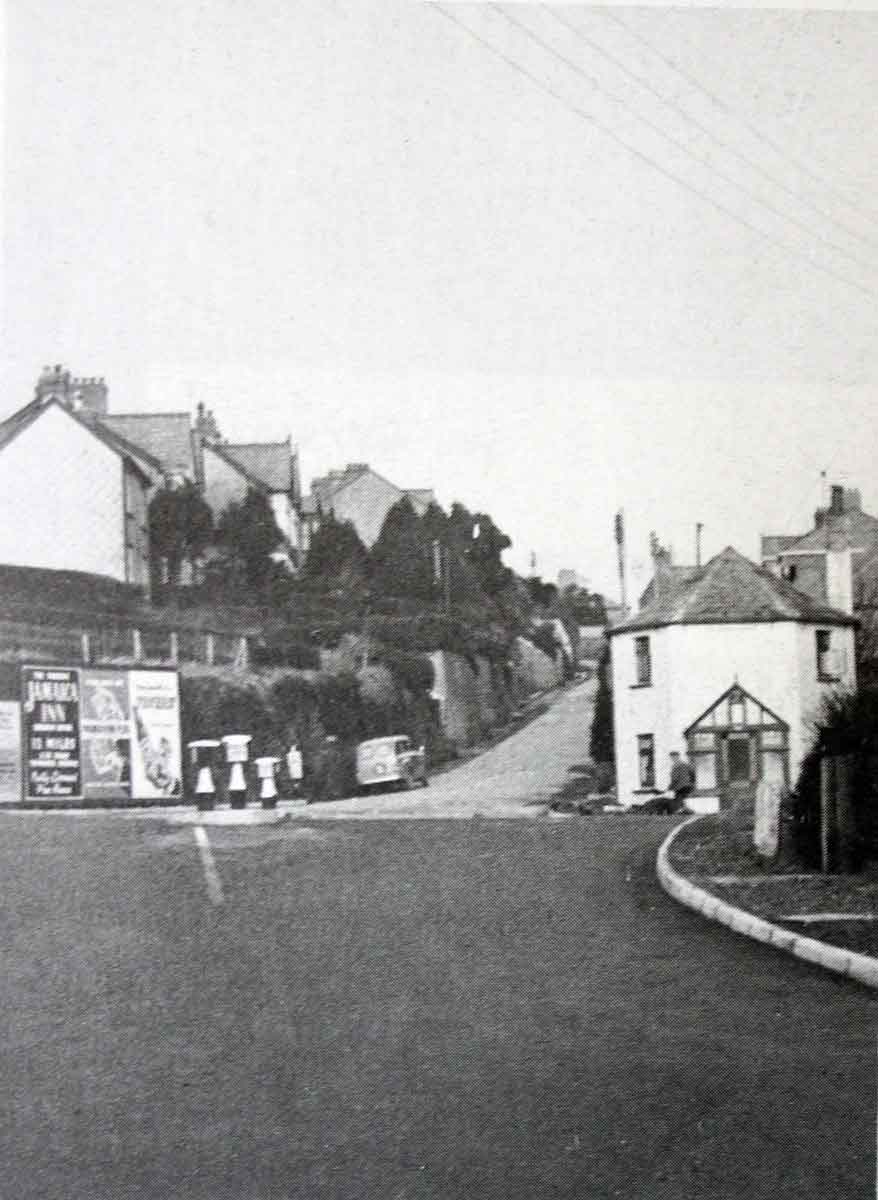
Forty Seven miles of road was under the trusts supervision so it can be seen that they had a difficult task in maintaining the system whilst keeping the general public happy with the costs, sounds very familiar. Below is a list of the roads that were part of the Launceston network.
The Launceston turnpike roads :
London Road; A30 from Coombe Bow Bridge (Devon), through Lifton and over Polson Bridge to Launceston, then west to fork NW at Kennard’s House as the A395 to Davidstow (Halworthy) (about 20 miles)
South Petherwin Road; .B3254 south from Pennygillam, Launceston through South Petherwin to Trekelland Bridge over River Lyner (about 3 miles).
Greystone Bridge Road;. A388 S from Launceston then fork SE at Lawhitton onto A384 to Greston Bridge over the Tamar (about 4 miles).
Hurdon Water Road; UC road south from Page’s Cross to Hurdon all in Launceston (about 1 mile)
Bennacott Road; B3254 N from Launceston over Yeolm Bridge into old Devon and then to Bennacott on the old county boundary W of Boyton (about 4.5 miles).
Holsworthy Road (Sittacott Farms); A388 over Nether Bridge over Tamar into Devon and North to Sitcott in Giles on the Heath (about 4.5 miles)
Egloskerry Road; UC road running WNW from St Stephen’s, Launceston to Egloskerry (about 3 miles)
Tinhay Old Bridge Road; UC road from Lifton to Tinhay Old Bridge (about half a mile)
Wooda Bridge Road;A388 from Lawhitton jct south to Wooda Bridge over River Inny (about 3.5 miles) (same as Laburnick Cross, in the Parish of Lawhitton, to a certain Place called Jonas’s Shop, in the said Parish of Lezant)
The Launceston town turnpike streets: (all less than a mile each)
Southgate to Western Road, via Westgate; Streets of Launceston
The Old Workhouse, through Horse Lane, to the New St. Thomas Road
From the entrance at “Hendra” to Chapel
From the house occupied by Simon Adams to the “Little White Hart “Inn
The Junction with the New Tavistock Road to Stourscombe Lane End
Bennet’s Arms” Inn to the Blacksmith’s Shop of William Barriball
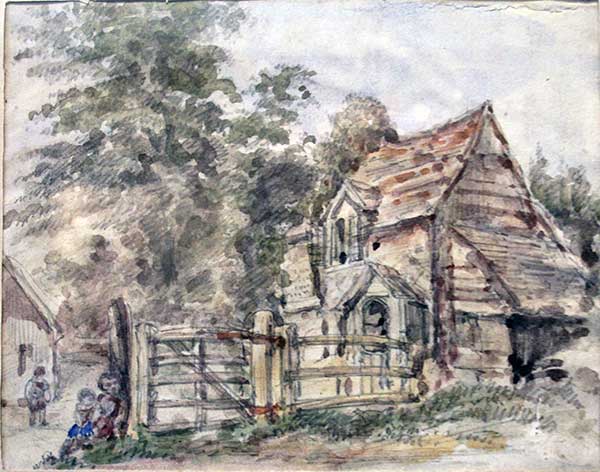
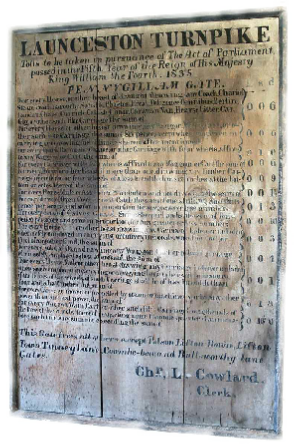
Above the Chapel Tollgate House, Launceston 1867 from a painting by Miss E. F. Smith. Pennygillam Toll Charge Board.
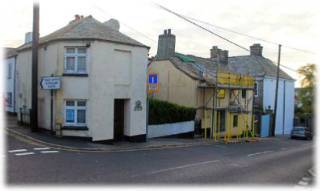 In 1866 a an extension of the Launceston turnpike bill was saught by the Trustees but by then there were strong voices against the bill, the most notable being Mr. Richard Peter who led a delegation to London to oppose the bill. Mr. Charles Gurney as clerk to the trustees, instructed Mr. Lopes Q.C. To promote the bill and although Richard Peter had counsel working on behalf of the opposition he obtained permission after two sittings to conduct the defence himself. After the hearing the House of Commons committee had its report printed for both Houses of Parliament which was duly accepted and passed. The Act continued the trust for a further 14 years from the 1st of January 1868 with the power to take tolls at former rates, but with no further borrowing of money. This lack of ability to borrow so restricted expenditure that within seven years the whole debt of the trust (£9,450) had been discharged and every toll house in the district had been destroyed or sold, with the trust itself dissolved. In a ironic way, in 1866 it was felt by many of the dignitaries that with the dawning of the new railway age, the need for roads would be lessened! Today we have no railway and the road system is near to gridlock at times with major work needed just to maintain the system. There is even talk of some of the motorway network being tolled, its all just one big circle.
In 1866 a an extension of the Launceston turnpike bill was saught by the Trustees but by then there were strong voices against the bill, the most notable being Mr. Richard Peter who led a delegation to London to oppose the bill. Mr. Charles Gurney as clerk to the trustees, instructed Mr. Lopes Q.C. To promote the bill and although Richard Peter had counsel working on behalf of the opposition he obtained permission after two sittings to conduct the defence himself. After the hearing the House of Commons committee had its report printed for both Houses of Parliament which was duly accepted and passed. The Act continued the trust for a further 14 years from the 1st of January 1868 with the power to take tolls at former rates, but with no further borrowing of money. This lack of ability to borrow so restricted expenditure that within seven years the whole debt of the trust (£9,450) had been discharged and every toll house in the district had been destroyed or sold, with the trust itself dissolved. In a ironic way, in 1866 it was felt by many of the dignitaries that with the dawning of the new railway age, the need for roads would be lessened! Today we have no railway and the road system is near to gridlock at times with major work needed just to maintain the system. There is even talk of some of the motorway network being tolled, its all just one big circle.
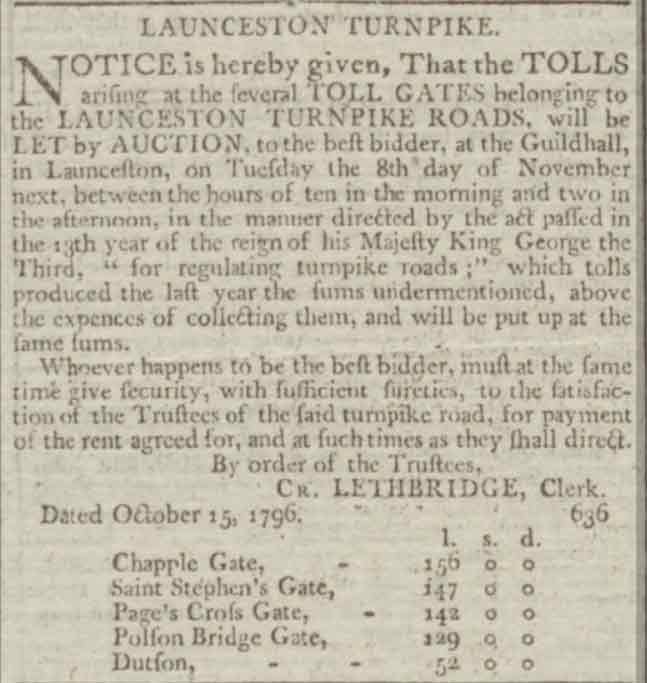
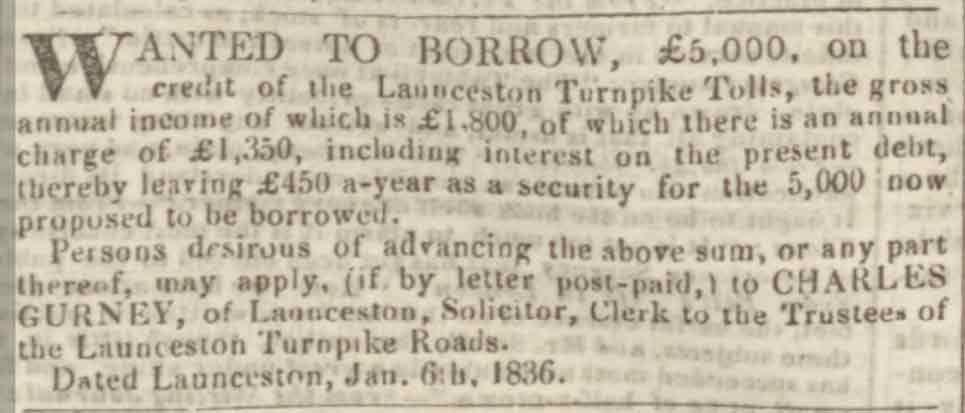
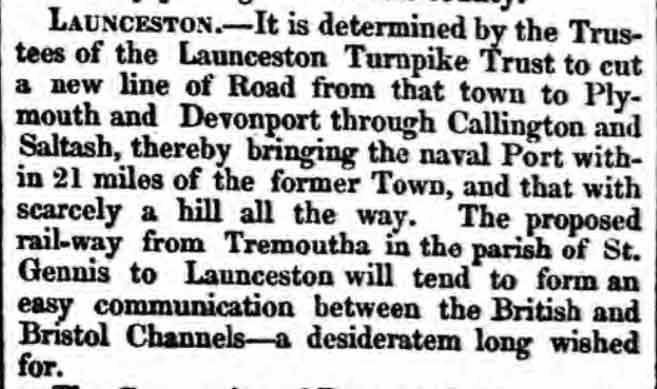

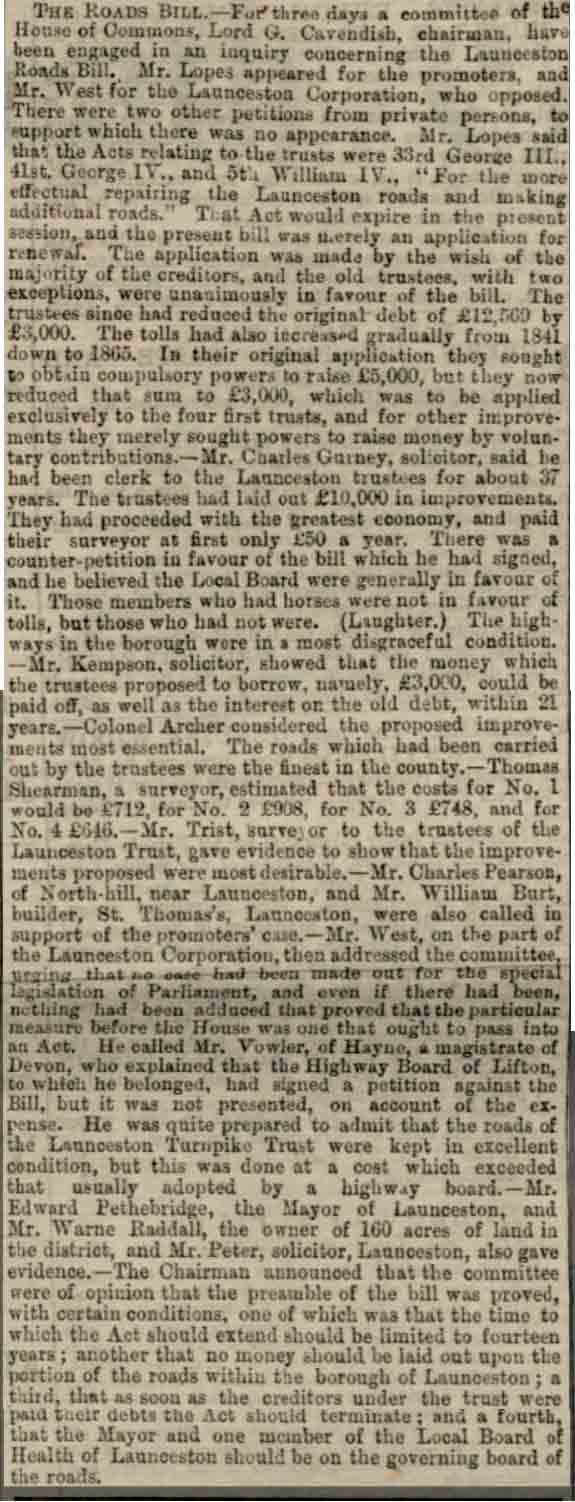
Visits: 125

